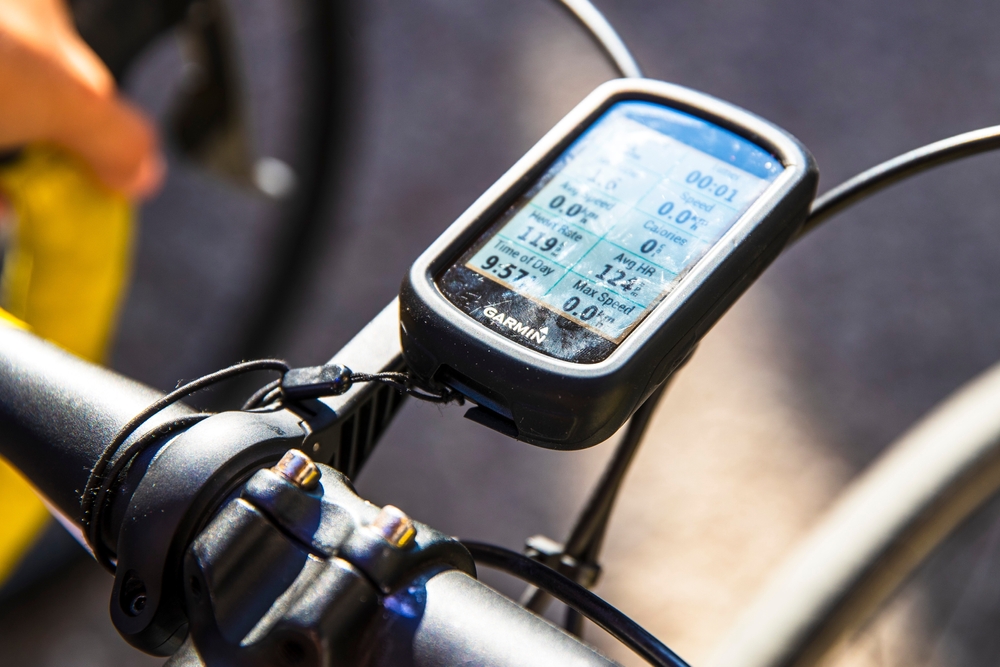When it comes to professional cycling, every detail of the bicycle is tailored to maximize performance, efficiency, and speed. One key aspect that often comes under scrutiny is the gearing system. Gears are crucial for adapting to the varying demands of race courses, from steep ascents to high-speed flat sections. So, how many gears does a pro bike have? The answer varies depending on the type of race, the specific course, and the preferences of the cyclist or the team’s technical strategy. However, a general understanding of the gearing system on professional bikes can give us a clear insight into the complexities of race preparation and strategy. Most modern road racing bikes used in professional cycling are equipped with either 20 or 22 gears. This setup is facilitated by two chainrings at the front and typically ten or eleven sprockets in the cassette at the rear. The combination allows riders to select the optimal gear to maintain efficiency across diverse terrains and racing conditions. The front chainrings usually feature a standard double-set where the larger ring has 53 teeth and the smaller one 39 teeth, although configurations can change based on specific race requirements, like a mountain stage that might benefit from a compact crankset with 50 and 34 teeth for better climbing capability. Meanwhile, the rear cassette can vary widely, ranging from 11-25 teeth for flat, fast races to 11-30 teeth or more for mountainous stages. The choice of gearing is strategic and can significantly impact a rider’s performance. Riders and their teams choose their gear ratios based on a number of factors including the day’s course profile, weather conditions, and even the rider’s personal strengths and health. For instance, a rider who is a strong climber might opt for a setup that provides more low-end range to tackle steep climbs effectively. On the other hand, a time trial might see riders choosing a setup that allows for a very high top-end speed to shave off seconds on flat stretches. The technology behind these gearing systems is also highly advanced. Shifters are integrated into the brake levers, allowing riders to change gears without removing their hands from the bars, crucial for maintaining control and speed during high-stakes racing. Derailleurs, which move the chain across the chainrings and cassettes, are finely tuned for swift, smooth gear changes under pressure. In recent years, the advent of electronic shifting has further revolutionized gear changes, providing even more precise and reliable performance. Electronic systems use motors for shifting instead of mechanical cables, reducing maintenance and eliminating issues related to cable stretch and wear. In summary, professional race bikes are equipped with a sophisticated gearing system that provides anywhere from 20 to 22 gears. These systems are designed for quick, smooth shifts to handle the wide range of conditions that professional cyclists face during races. Whether climbing harsh mountains or sprinting in flat sections, the gearing system plays a crucial role in a cyclist’s performance, making gear selection a critical element of race strategy. Understanding the intricacies of these systems highlights the incredible attention to detail and customization that goes into preparing for professional cycling competitions. Each gear, meticulously chosen, reflects a piece of a larger tactical puzzle that, when solved correctly, can lead to victory.

Top Bike Covers: Ultimate Protection for Your Ride
Investing in a quality bike cover is crucial for protecting your bicycle from the elements. Discover the top bike cover options and essential materials to look for.





